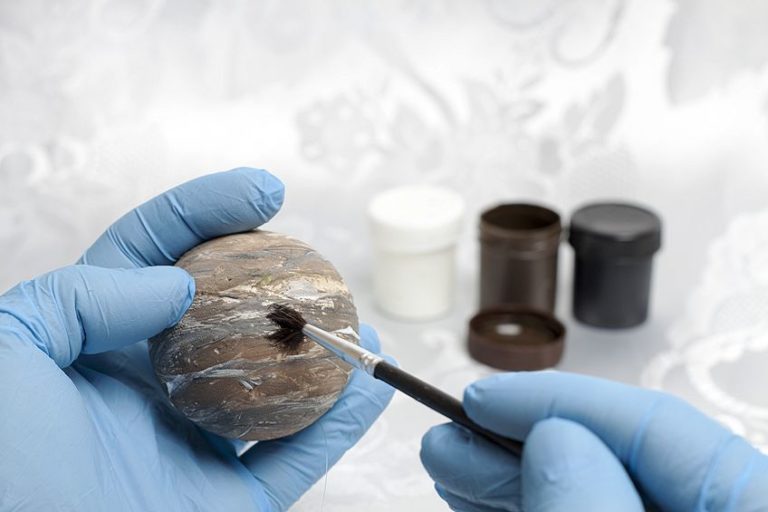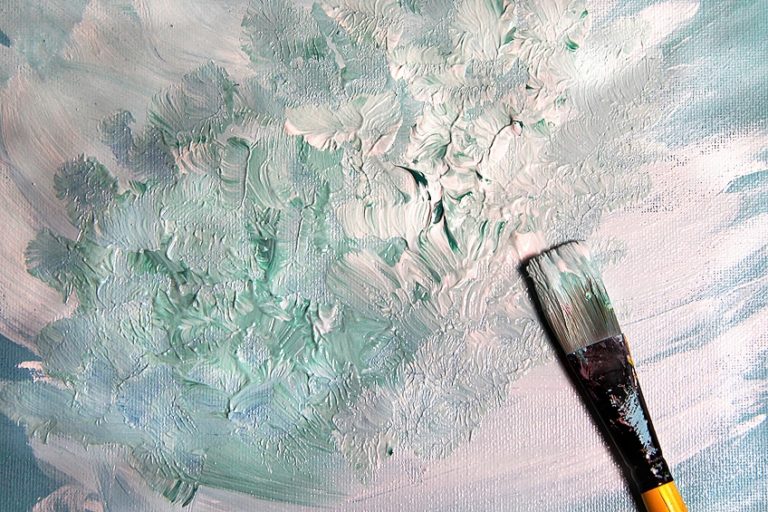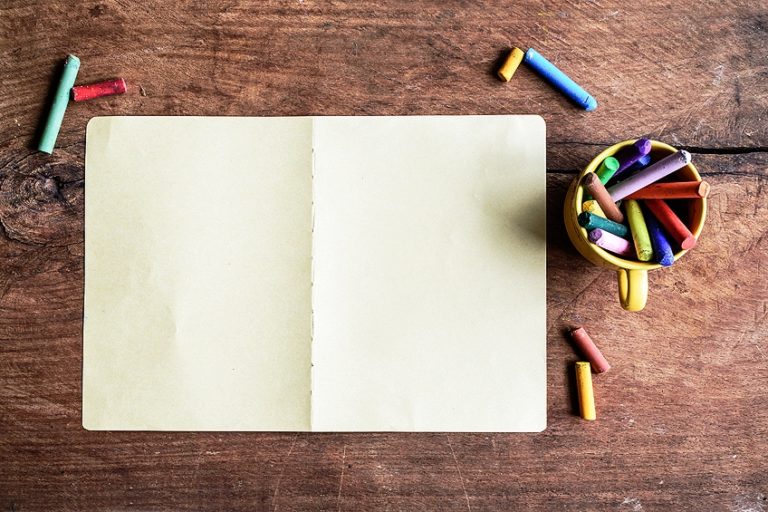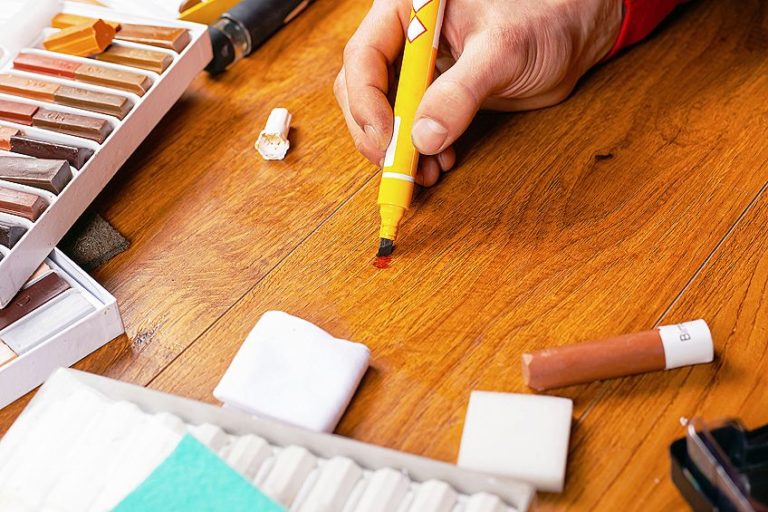What Is Bristol Paper? – Versatile Paper for Arts and Crafts
This post may contain affiliate links. We may earn a small commission from purchases made through them, at no additional cost to you.
There are many different painting and drawing surfaces available to artists. From canvases to illustration boards, and from watercolor paper to something called Bristol paper. Now you might be wondering “What is Bristol paper?” Bristol paper is a very versatile option for many artists who work with all sorts of mediums. If you are interested in trying out Bristol paper you can buy it in a pack, or you could purchase a Bristol sketchbook or Bristol paper pad. In this article, we will be covering the basics of what Bristol paper is and how it can be used.
Table of Contents
What Is Bristol Paper?
Bristol paper is a type of paper that consists of a variable number of sheets glued together between two felt layers in order to create a sturdier, multi-ply sheet. Its name is historical since it is named after the town of Bristol in England. Bristol is where papermaking mills would once send their paper for pasting. Bristol paper can also be referred to as Bristol board or Bristol board paper.

The higher the ply count of your Bristol paper, the thicker and sturdier it will be. You can get Bristol boards in many different thicknesses. Each thickness can be suitable for a range of different applications which makes Bristol paper a very versatile painting surface. There is also some variation in the Bristol paper texture that is available. The texture of Bristol paper can determine how it can best be used.
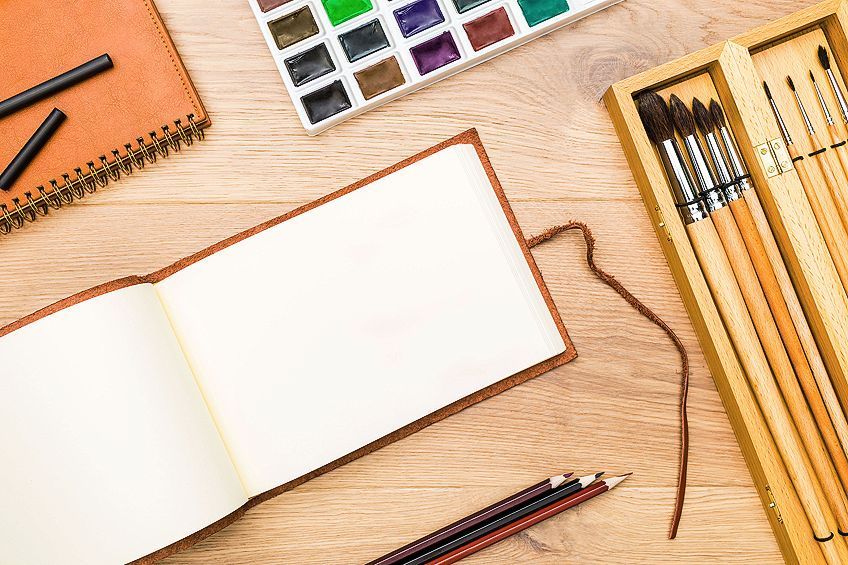
What Is Bristol Paper Used for?
Now that you know what Bristol paper is you might be wondering “what is Bristol paper used for?” Bristol board paper can be used by artists who work with a wide range of mediums. For example, Bristol paper can be used with ink, watercolor, acrylic, gouache, charcoal, and pastel. It can also be used for printing documents such as brochures, business cards, greeting cards, tickets, and more. Using oil on Bristol paper, however, is not recommended unless you properly prime the Bristol before getting started. The main factors that influence how a sheet of Bristol paper can be used are its thickness and its texture.

Three-ply Bristol paper is a common choice for artists that are looking for a thicker Bristol paper to use. Thicker Bristol paper is great for finished works because it can be easily displayed without needing to be mounted. Thicker types of Bristol paper will also be better for artists looking to use watercolor on Bristol paper. Using watercolor on Bristol is definitely possible, but you should make sure that the Bristol paper is thick enough so that the paint does not begin to bleed.
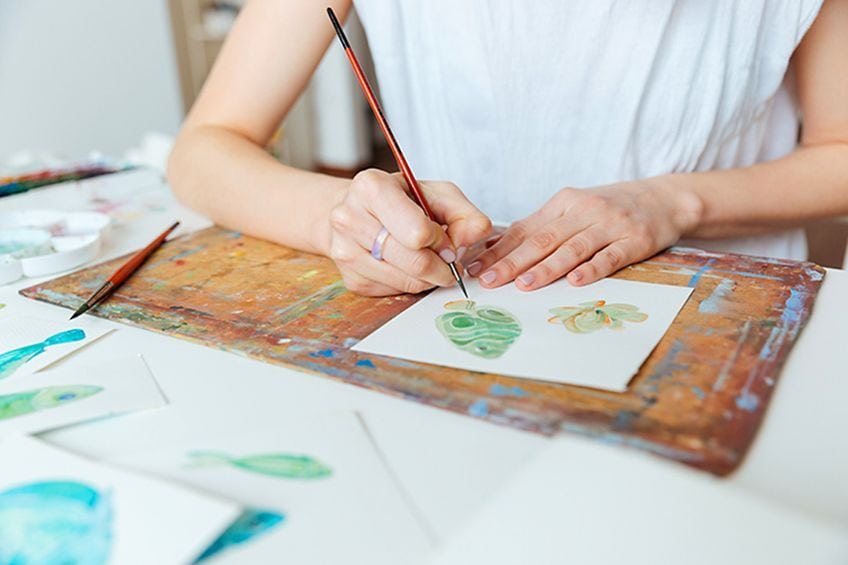
Another great use for thick Bristol paper is when making 3D scale models as it can be used to create walls or other features with ease.
One-ply Bristol board paper has a thickness similar to that of printer paper while two-ply Bristol paper resembles card stock. Two-ply is a popular choice for artists that prefer a thinner Bristol paper than the kind commonly used for watercolor and 3D models but who also want something thicker than one-ply. Thinner variants can accept all kinds of mediums, although many artists find that they may not be suitable for watercolor paints.
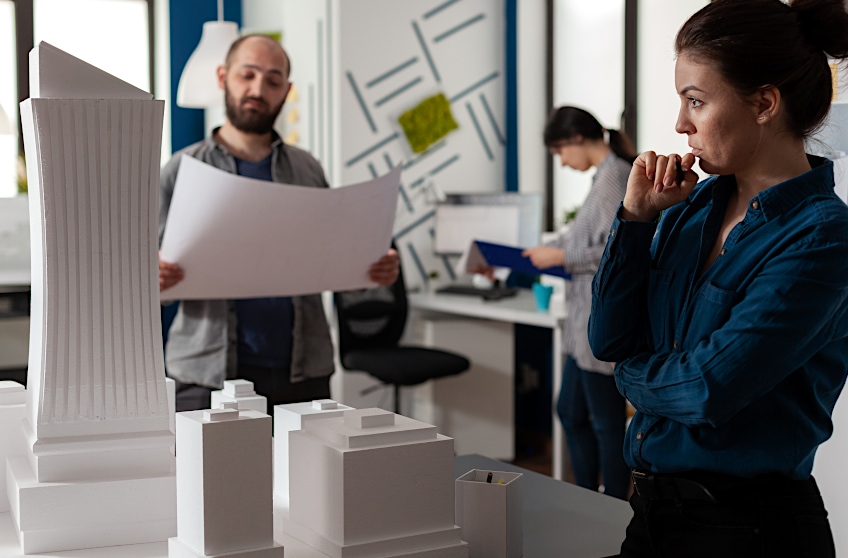
Bristol paper texture is the next thing that determines what it will be used for. Smooth Bristol paper is great for use with pencil, pen, ink, gouache, markers, and acrylic. Pen, ink, airbrushing and markers work especially well on the smooth surface of this kind of Bristol paper. Watercolor can also be used with thicker variants of smooth Bristol, but it is slightly less absorbent than textured Bristol. This means that watercolor may be likely to bleed on this smoother Bristol variation, so you should try it at your own discretion.
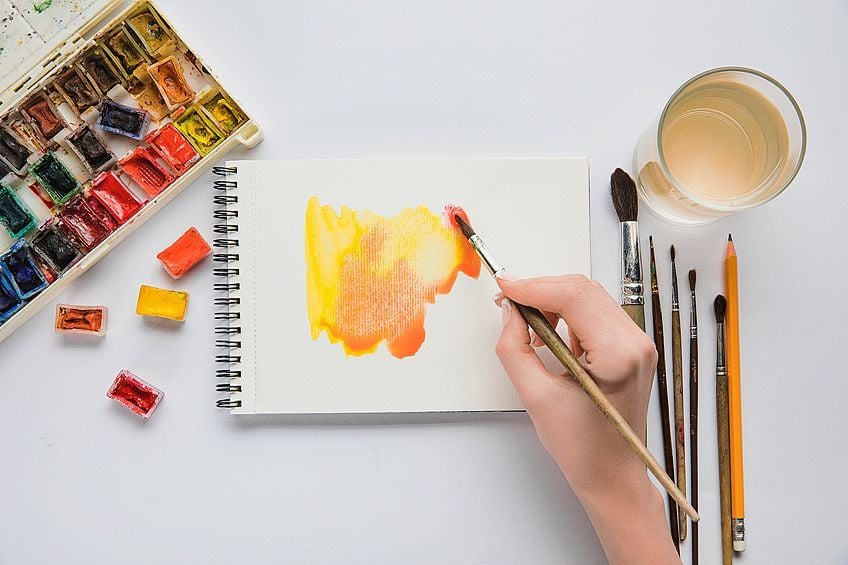
Smooth Bristol paper is also known as hot press Bristol paper and has a hard, satin-like finish.
The textured variant of Bristol paper is known as vellum Bristol paper. Vellum Bristol is perfect for pencil, pastel, light washes, airbrushes, and charcoal because of its rough, textured, toothy surface. Thicker variants of vellum Bristol work perfectly with watercolor paint. This is because the toothy surface of vellum paper is more absorbent than smooth Bristol paper. Keep in mind, however, that vellum Bristol paper can dry out pens and markers a bit faster than other surfaces because of its higher absorbency.
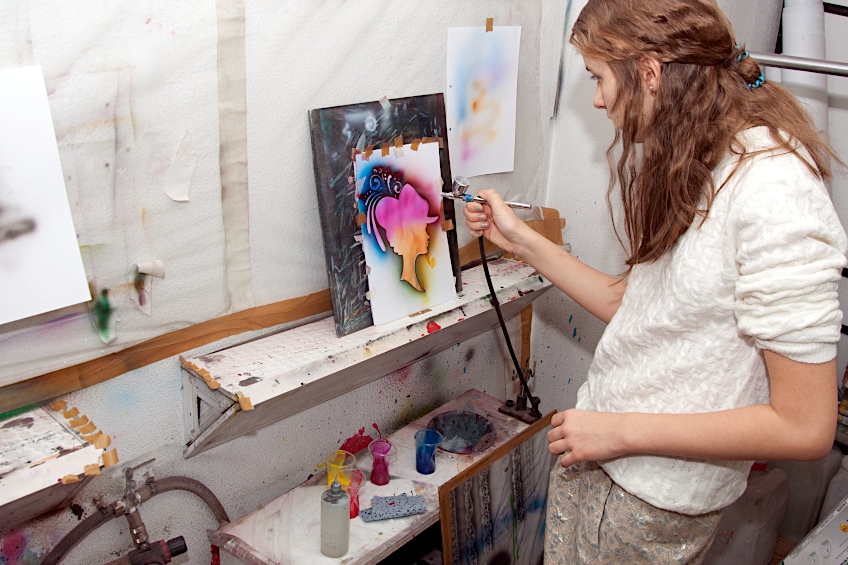
How Does Bristol Paper Differ from Illustration Board?
People sometimes think that illustration boards and Bristol paper are the same thing, but they have a few distinctions which set them apart from one another. The main difference is that you can use either side of Bristol paper while you can only use the one side of an illustration board. Bristol paper is made from pasting together multiple sheets of paper while an illustration board is created by pasting paper to either side of a heavyweight board. Illustration boards also tend to be more expensive than Bristol boards, however, they can both serve similar purposes concerning drawing and painting.
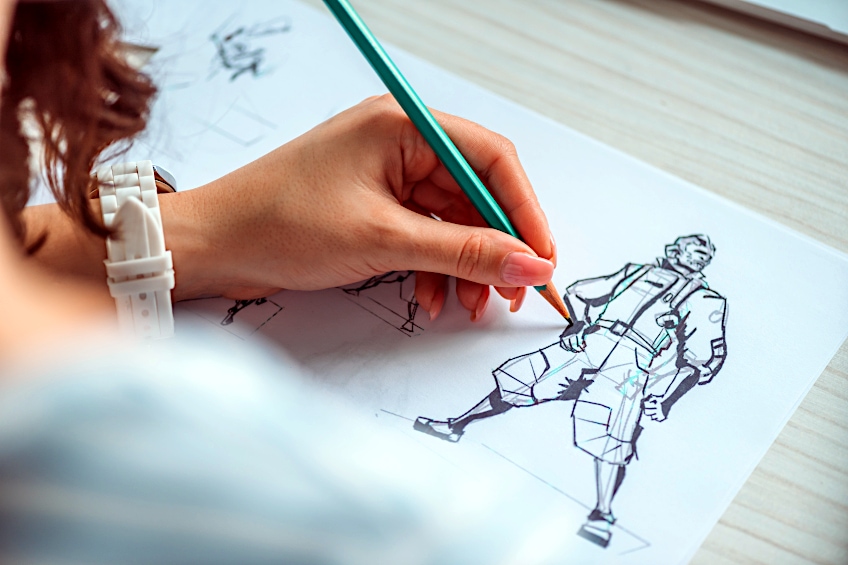
You cannot paint onto an illustration board like you can with Bristol paper. Aside from all these differences, Bristol paper, and illustration boards both provide a sturdy, versatile surface to draw and paint on by readily accepting a variety of different mediums.
Bristol paper is extremely versatile and affordable, which makes it a staple for many artists. Professional and hobbyist artists alike rely on Bristol paper to provide a stable, sturdy surface to work on with ease, while also not having to worry about breaking the bank. Next time you’re thinking about trying out a new painting or drawing surface, you should consider giving Bristol paper a try. It’s as easy as going out to your nearest art store and purchasing a Bristol sketchbook or a Bristol paper pad and getting started!
Frequently Asked Questions
Is Vellum Bristol Paper the Same as Vellum Paper?
Vellum Bristol paper is not the same as vellum paper. Vellum paper usually refers to vellum drafting paper which is smooth and somewhat translucent. Vellum Bristol paper, however, is rougher and has a toothier finish than vellum paper, and will also be thicker and non-translucent.
Can You Use Oil Paints on Bristol Paper?
No, you cannot; not without properly priming the surface beforehand. If you plan on using oil paint on Bristol paper you will need to apply three or more coats of gesso or medium to prime the surface properly. The surface of the Bristol paper needs to be properly primed when you attempt to use oil paints on it because it prevents oil absorption into the surface of the paper.
Is Bristol Paper the Same Thing as Cardstock?
Thicker Bristol paper can be considered cardstock because any paper that is over 32 lb. is considered a cardstock paper.
Can You Use Bristol Paper in a Printer?
Bristol paper can be used in suitable printers with ease, but it will depend on the specifications of your printer and your Bristol paper. Some printers may have a large bend in the paper feed that can cause problems with printing. Check the specifications of your printer if you are unsure about using Bristol paper to print with.
Is Strathmore Bristol Paper High Quality?
Yes, Strathmore has been creating high-quality artist papers for over 125 years. They produce excellent papers for artists of all skill levels and have a range of Strathmore Bristol paper that is readily available for purchase.
Larissa Meyer is a 32-year-old mother from Michigan and creative spirit since childhood. Her passion for painting and drawing has led her to an education as an illustrator and a career as a freelance graphic designer. She has a Bachelor of Fine Arts in Illustration and a degree in Graphic Design. Larissa is a talented artist who is able to master a wide range of styles and techniques to bring her artistic vision to life. Her greatest passion is currently fluid painting and epoxy resin art. Larissa’s love for art and her knowledge and experience in illustration make her the perfect Creative Director for our fluid-painting.com team. She is the creative head of our team and shares her passion and knowledge with our community through articles and tutorials.
As a mother of a 2-year-old daughter, Larissa also understands the importance of fostering creativity in early childhood. She uses her experience and knowledge to help other parents inspire their children and develop their artistic skills as well.
Learn more about Larissa Meyer and about us.



